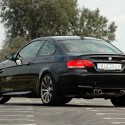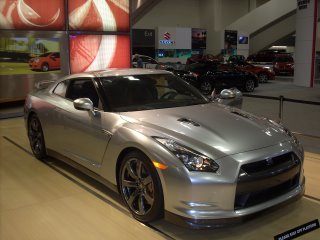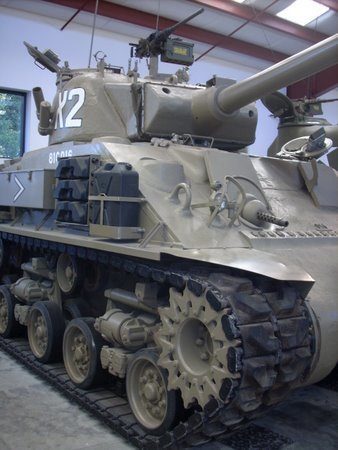— by Evan Weiner — There’s no doubt that BMW has long been a staple in the luxury and sports car arenas, both among the seemingly unattainable exotic niches as well as the road-going everyday machines that we can walk into a dealer and buy on the spot. It is the grey area between these two ends of the automotive spectrum that BMW has successfully dominated (if not in sales numbers in brand perception) for over 20 years now with its M line, the most notable of this family being the M3. First introduced in 1986 in a lot of 5,000, the original E30 M3 was essentially an excuse for BMW to participate in the World Touring Car Championship (WTCC), an excuse we’ve come to accept, appreciate and bow down to. And although the aforementioned grey area that we can call special edition sport sedans has become increasingly crowded (ahem Hyundai), this was not the case by any means in the mid-80’s. With little to no sporty offerings from the likes of AMG, Audi’s S or Jaguar’s R, the spotlight was centered on the M3 and has ceased to dim today.
Powered by an F1 derived 195 horsepower 4-banger, the original M3 was the quick kid on the block and looked the part too. Sporting fender flares and a dramatic rear wing, the differences between the M3 and the regular 3-series were prominent, but likely effective in setting this specials sports car apart for years to come, especially when it shed its skin in ’94. This refreshed E36 M3 ushered in a new (but not totally altered) personality for the M3 with subdued design cues that more wholeheartedly embraced its “sleeper’ status. Pop the hood and you’d find BMW’s fiery, bored out inline six that revved so sweetly you craved its 7,000 rpm redline before and after dinner and any time between. This was a car that was the essence of sporty driving, a car that provided TRULY sporty reflexes to the everyday driver while maintaining ease of use, tasteful design and the multifaceted prestige of a special edition BMW. It was also in this generation that the M3 harbored some of the most complicated and simple transmission technology simultaneously. While the M3 introduced the SMG gearbox in ’97 (the same year as the sedan became available), it still maintained a fully manual tranny. While providing a manual option in the 90’s sounds like anything but a feat, the M3’s adherence to an authentic driving experience through self-instructed gear changes is special seeing as how the cherished drivetrain is nearly extinct today.
After the E36 comes the E46 M3, a car that proudly carried the torch that is a high-revving dynamic six cylinder wrapped up in subtle yet muscular and attractive skin. To prove that the M3 was only gaining momentum as it aged, Road and Track magazine announced the 2006 M3 with the SMG transmission as its favorite sports car of all time in 2009. With the accolades racking up and a legacy steadily becoming plated in gold, what else could BMW do to heighten the M3 experience? Take the high-revving, versatile nature of the M3 and convert it to eight cylinders. It is here that we’d like to introduce our E92 M3 coupe. Dressed in all black, our 2009 M3 is a proud member of the Sportiva paddock. With 414 horsepower coming from its 4.4 liter V8 mated to a 7-speed dual clutch DSG, this M3 guarantees a legendary, or shall we say “ultimate” driving experience. And with drivability around town mixed with its track-ready specs, this driving experience can be had anywhere and everywhere, making it one of the most versatile members of the Sportiva garage. At only $349 a day or about 1,900 points at peak demand, the M3 is one of, if not the most valuable driving experience we offer. So whether it is blurring category lines or blurring scenery, the BMW M3 continues to be the benchmark sports car experience that you won’t want to miss time and time again.






